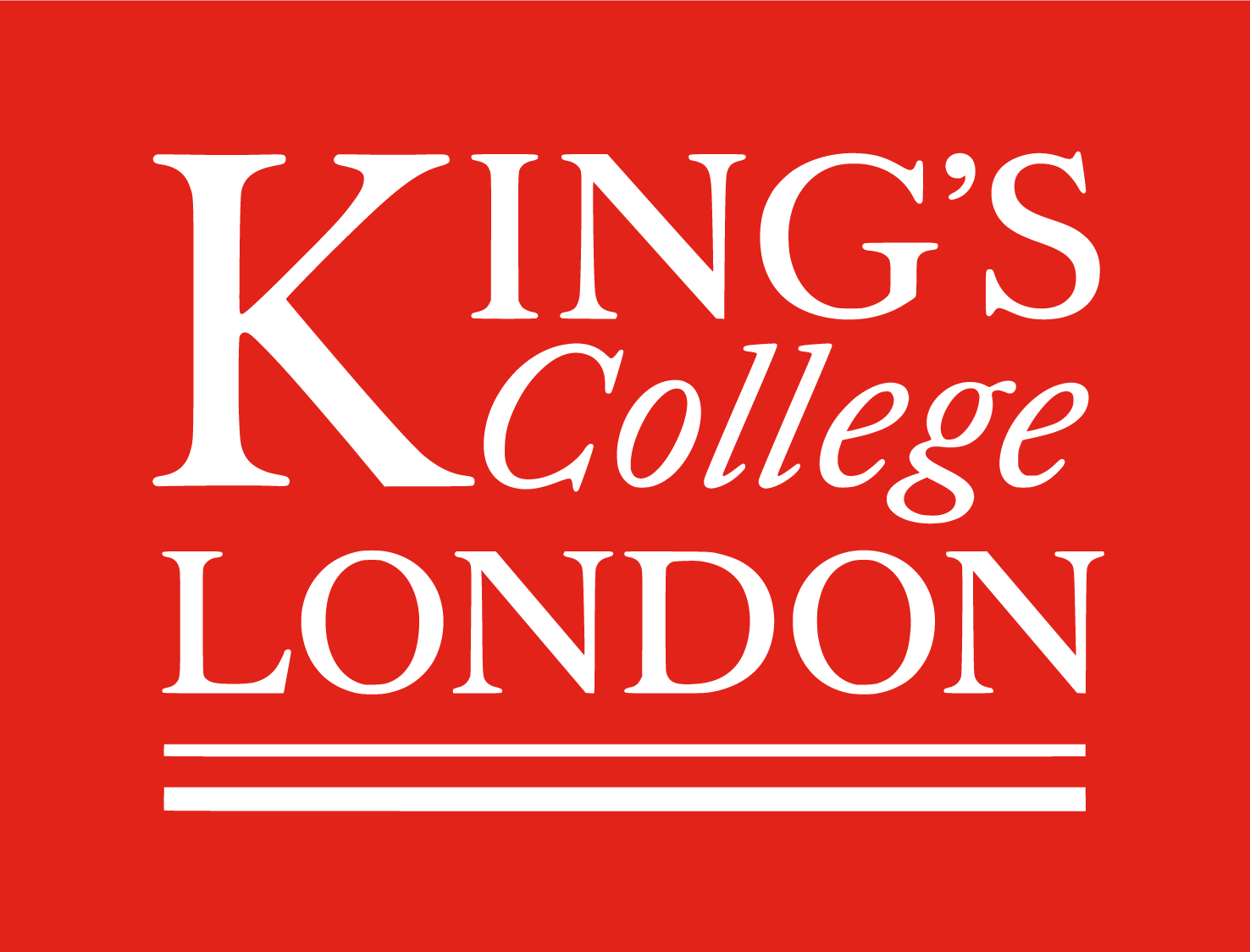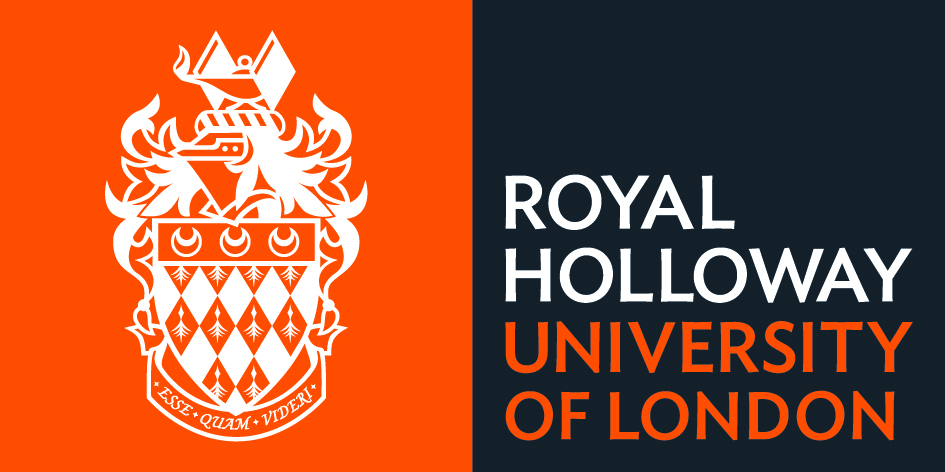Understanding both the physical drivers and human dimensions of future fire regimes is vital for identifying appropriate contemporary policies and governance to achieve sustainability and conservation goals. Dynamic physical feedbacks between fire, vegetation and climate cannot be ignored if accurate assessments of future ecosystem service provision are to be made. Similarly, the values, knowledge and livelihoods of residents cannot be ignored if equitable and just decision-making processes – likely incorporating physical assessments – are to ensure sustainable landscapes. While many technical tools have been developed to model spatio-temporal processes, their use for enabling change can be ineffective where they are untrusted because of poorly-understood, incomplete, obscured or contested representation of processes and decisions. Stakeholder-centred and participatory approaches can improve engagement with modelling tools, and narratives have been proposed as an intermediary between formal (simulation) model structures and aggregated (statistical) summaries of model output to improve interpretation, understanding and learning by non-modellers.
Taking a socio-ecological systems approach, this project will investigate the use of simulation (e.g. agent-based) modelling and spatial valuation of nature tools in participatory ways and to generate narratives about desired, possible, and avoidable future fire regimes and governance. For example, many landscapes of southern Europe have experienced rural outmigration and associated land abandonment in recent decades. The resulting changes in vegetation, combined with increased climate variability and wider policy agendas, is posing challenging questions about how land and fire should be managed for multiple economic, social and environmental benefits into the future. What land and fire uses should be permitted, incentivised or banned? Who benefits from these different options? Developing novel approaches to explore trade-offs and to generate narratives of possible future landscapes are central aims of this interdisciplinary project. The project will likely require a combination of qualitative, quantitative and simulation methods – utilising spatial, environmental, social and economic data – to represent environmental processes and human decisions through modelling. Participatory research with local stakeholders and collaborators will lead to the most innovative and valuable outcomes.
Duration: 2024-2028








